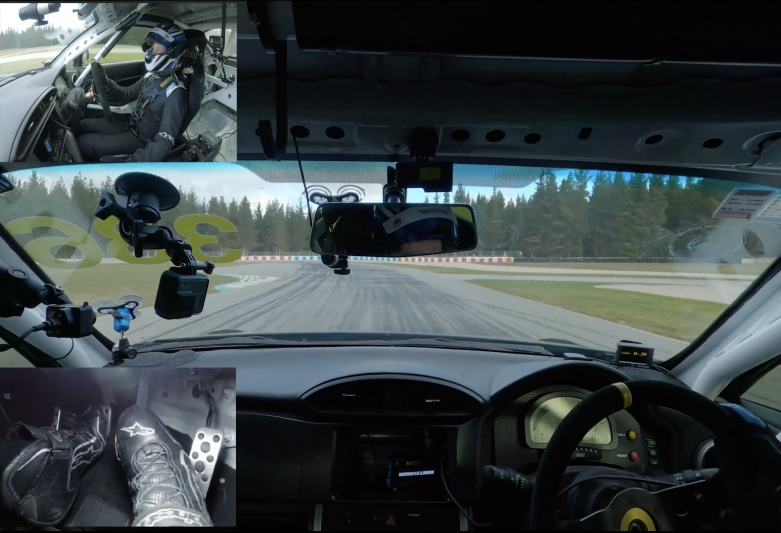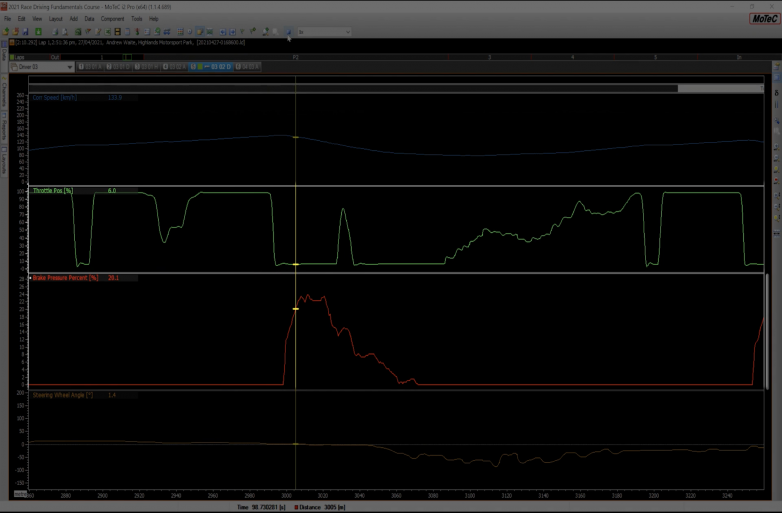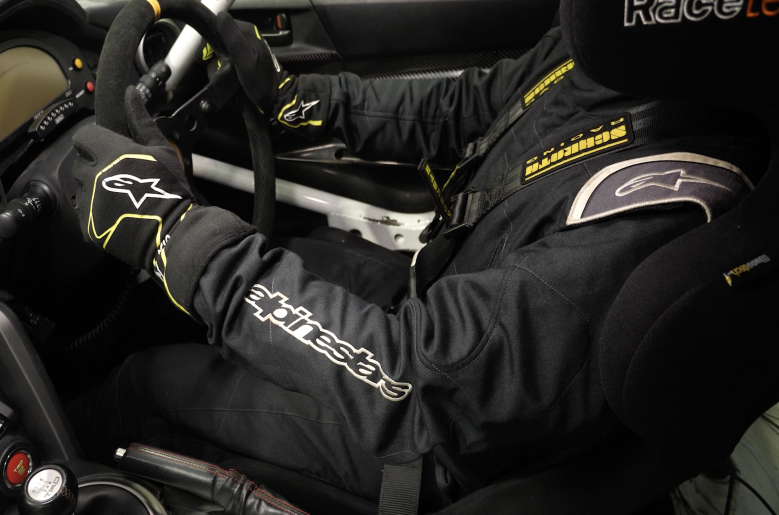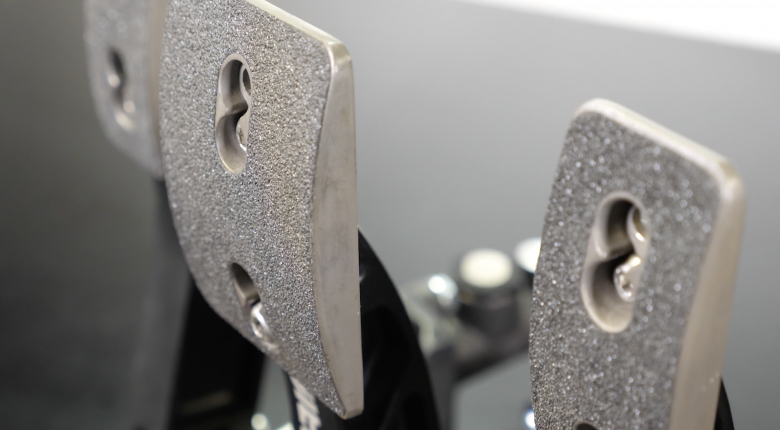One of the most important techniques that must be mastered if you’re driving a car with a conventional manual gearbox is heel and toe downshifting. This really comes down to the relationship between engine rpm and road speed as we go through the gears, and is essentially where the driver needs to use all 3 pedals at once during downshifts.
On the downshift, the engine speed needs to be increased so that when you release the clutch, you have the correct engine RPM to match the road speed in your lower gear. For example, if you were at 5500 RPM in fourth gear and you shifted down to third, the engine rpm would need to increase to, say, 7000 RPM for everything to nicely match.

Get it wrong, and you risk what’s referred to as “compression locking” the driven wheels. This is what happens when the engine speed is forced to instantly increase as the clutch is released in order to achieve the correct engine speed to road speed relationship. This can cause the driven wheels to under rotate or even lock up momentarily as the rpm increases.
At best, failing to match revs on the downshift will be uncomfortable and may unsettle the car. At worst, we can end up with the car snapping into oversteer in the braking zone or even disappearing backwards into the kitty litter or a barrier.

The heel and toe technique fixes this problem, as you’re able to brake as normal with your right foot, but as you disengage the clutch with your left foot and perform the down shift, you use the heel – or more commonly the side of – the right foot to blip the throttle, increasing the engine RPM to match the revs for the gear we’re next selecting before the clutch is released again.
It sounds simple, and when you’re comfortable with doing it, it is, but as they say, the devil’s in the detail, and there's a lot that goes into getting the timing and the throttle application just right.
The good news is that there’s a lot that can be done to improve before you get to the track. First, it’s important to do what you can (depending on how adjustable your arrangement is) to set up your pedals so that when you’re hard on the brake, it’s either flush with or slightly lower than the accelerator.

Next, a lot of improvements can be made by simply sitting in your race car at home and running through the braking and downshifting phases, practicing the heel and toe movement again and again until it becomes muscle memory. Once it feels completely natural, your next step is testing it out in your road car – though you need to consider that you can’t really be hard on the stoppers on the road in the same way that you would in your race car.
From there, it’s time to head to the track. Keep in mind that as you work on your technique in a real circuit environment, you’re probably not going to be as fast as you were at first – but that’s the cost of progress. Keep at it, be consistent and you’ll soon be basking in the sweet satisfaction of perfectly matched downshift after perfectly matched downshift.
Hone your skills and repeatability on track vis the Race Driving Fundamentals course. Enroll now, lifetime access.







